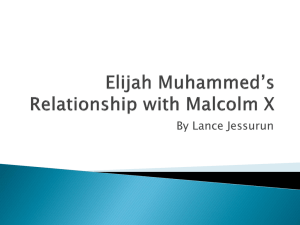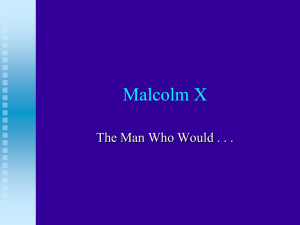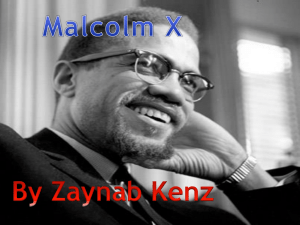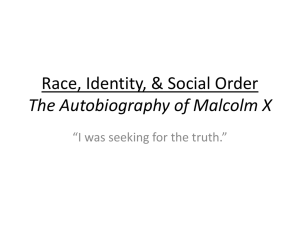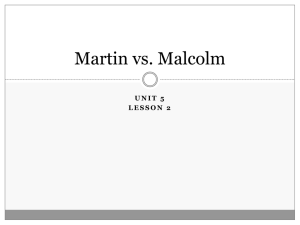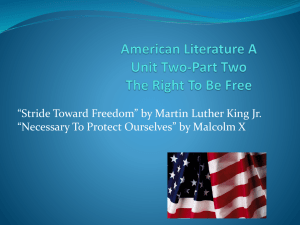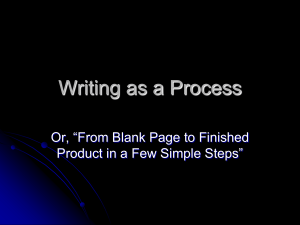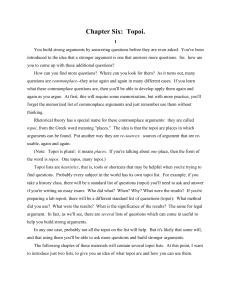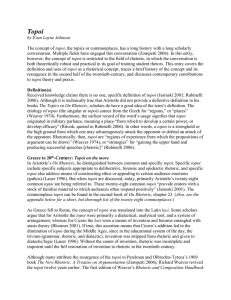The Writing Process
advertisement
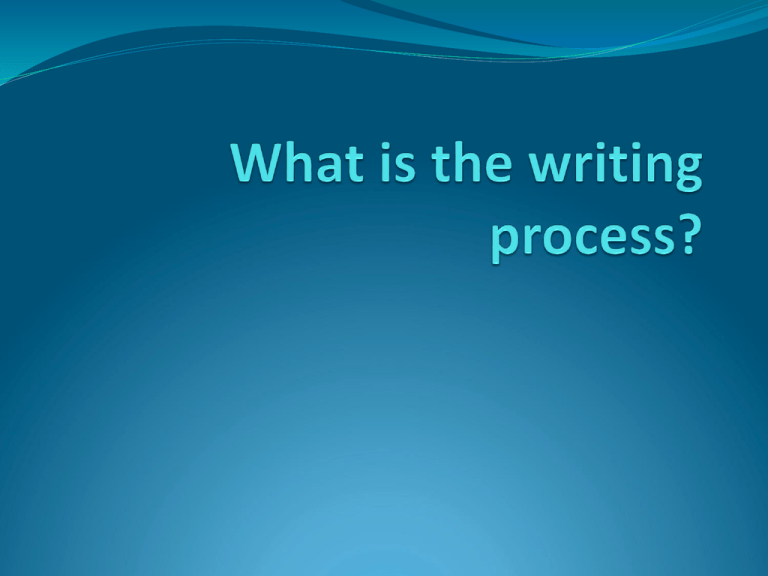
Stages of Writing Prewriting Drafting Revising Editing Prewriting Prewriting is the process of coming up with ideas for your essay. This is not formal, polished writing. There are many prewriting techniques, but we will be discussing: Brainstorming Freewriting Clustering Outlining Brainstorming Freewriting Clustering A way of narrowing your thoughts by connecting your ideas Great techniques for visual learners Topics to choose from My goals five years from now… My biggest fear… Something this school really needs is . . . An unforgettable dream Tagmemics Tagmemics is a system that allows you to look at a single object from three different perspectives. The hope is that one of these perspectives (or even all three) can help you to determine a subject for writing. Tagmemics involves seeing your topic: As a particle (as a thing in itself) As a wave (as a thing changing over time) As part of a field (as a thing in its context) http://www.dartmouth.edu/~writing/materials/student/ac_paper/topic.shtml#topoi Tagmemics: As a Particle As A “particle” a thing in itself: Let's say that you want to write a paper on . If you use tagmemics as a system of invention, you will begin by looking at Malcolm X as a thing in himself. In other words, what are the characteristics of Malcolm X as a man? The characteristics of his philosophy? From http://www.dartmouth.edu/~writing/materials/student/ac_paper/topic.shtml#topoi Tagmemics: As a Wave As a wave (one thing changing over time) You next might consider Malcolm X in terms of how his role in the civil rights movement changed over time. Certainly Malcolm X experienced a radical shift in his beliefs about civil rights; you might explore this shift and the consequences both for Malcolm X and for the movement as a whole. You might also consider how history has viewed Malcolm X over time. You might have discovered in your reading that there exists today some division of opinion as to whether or not Malcolm X ought to be considered a civil rights leader. What forces have contributed to this dispute, and how has the nature of the dispute changed over time? From http://www.dartmouth.edu/~writing/materials/student/ac_paper/topic.shtml#topoi Tagmemics: As a Field As a field (one thing in context with something else) Finally, consider Malcolm X as a thing in context. Relate him to his culture, to his moment in time. Look for the causes that produced Malcolm X, as well as the effect he had on his own historical period. Or compare or contrast him with other civil rights figures to see what special contribution he made to the movement and its history. You might even connect Malcolm X with unlikely events and figures in order to provide a wide context for his work and his life. From http://www.dartmouth.edu/~writing/materials/student/ac_papertopic.shtml#topoi Aristotle’s Topoi 1. Definition 2. Division 3. Comparison 4. Relationships 5. Testimony Topic to choose from Use any one of the prewriting techniques (brainstorming, freewrite, clustering, topoi, tagmemics) to generate ideas for one of the following topics: Someone that inspires me… Some that I inspired… Outlining Outlining comes after you already have the ideas for your paper. It is a way of laying out your thoughts before you begin writing. Use bullet points to write down each concept you want to mention in the order you want to mention them. For more detail, see the Writing Center’s handout on outlining. Thesis: The decisions I have to make in choosing college courses depend on larger questions that I am beginning to ask myself about my life’s work. I. Two decisions described A. Art history or chemistry 1. Professional considerations 2. Personal considerations B. A third year of French? 1. Practical advantages of knowing a foreign language 2. Intellectual advantages 3. The issue of necessity II. Definition of the problem A. Decisions about occupation B. Decisions about a kind of life to lead III. Temporary resolution of the problem A. To hold open a professional possibility: chemistry B. To take advantage of cultural gains already made: French Drafting The draft is the first attempt to organize information. Typically called a rough draft for a reason. YOU WILL MAKE MISTAKES! Your essay structure does not need to be perfect. Revising Reworking your essay so that the ideas are expressed in the best way possible. Revising is not the editing stage. Global Revision Content Structure Thesis Strong supporting points Local Revision Grammar, spelling, etc. Editing Editing is eliminating punctuation, grammar, and spelling mistakes. Should be saved for the end of the writing process. SpellCheck can be a false friend! Checklist for Editing Have you read your work aloud to listen for problems? Did you check every possible misspelling in a dictionary? Have you avoided run-ons? Are you using verbs, pronouns, and modifiers correctly? Have you used your punctuation correctly? Are your capital letters correct?

